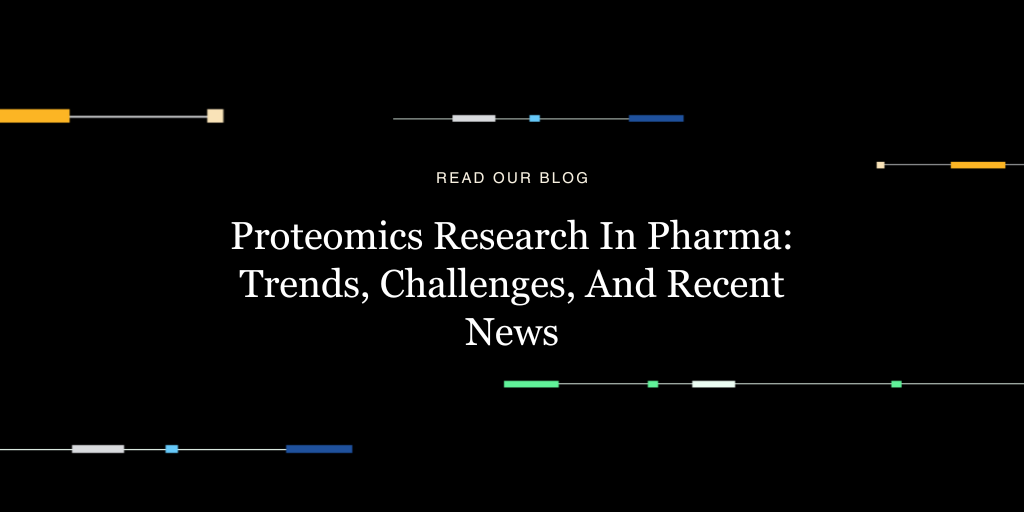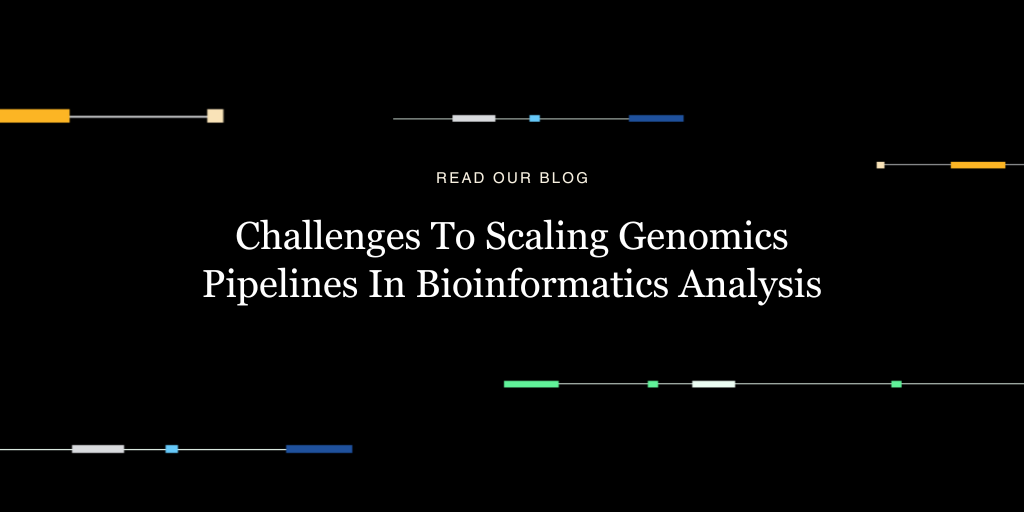
We’re gearing up for the Super Bowl of the next-gen sequencing field – the Advances in Genome Biology and Technology (AGBT) meeting held annually in Marco Island, Fla. In a typical year, there would be major announcements from the established sequencing vendors at this event, but given that Life Technologies and Illumina already went public with their big news at JP Morgan, and the Roche bid for Illumina will likely still be playing out, the big stories from this year’s meeting will probably revolve around major research findings, technology applications, and what’s going on with the sequencing upstarts. (Oxford Nanopore, for example, will be announcing plans to commercialize its instrument later this year and providing attendees a sneak peek. GnuBio will also be presenting on its desktop sequencer, the iGnuIT 1000.)
As usual, this year’s agenda is chock full of thought-provoking presentations, including a talk by DNAnexus co-founder Arend Sidow, who will be presenting on the use of deep whole-genome sequencing to monitor breast cancer progression (Thursday, Feb. 16, at 4:35pm).
We’ll be there to meet with colleagues, customers, and potential collaborators. We’ll also be presenting two posters on current DNAnexus projects. If you’ll be there, we encourage you to stop by — find out more about us, get a demo, have some wine and cheese, you name it. Here’s a quick preview of what we’ll be showcasing:
- Candidate Gene Variants in “Micronesian” Autosomal Recessive Aplastic Anemia – Brigitte Ganter, Majed Dasouki, S. Abhyankar, M. Furness, R. Calado
This work was done with collaborators at the University of Kansas Medical Center and National Heart, Lung, and Blood Institute (NHLBI). In the project, researchers performed exome sequence and nucleotide-level variation analyses for two siblings with aplastic anemia, a condition where bone marrow does not produce sufficient new cells to replenish blood cells. The results led to the identification of 12 candidate homozygous variants in 9 different genes. In this poster, we’ll discuss how DNAnexus was used to identify these variants and characterize their potential role in aplastic anemia. - Expanding and Enhancing Access to the Sequence Read Archive (SRA) Through a Complementary New Web-Based Mirror – Brigitte Ganter, Evan Worley, Bing Xia, Andreas Sundquist
As we announced last October, we teamed up with Google to develop a complementary hosted mirror of NCBI’s Sequence Read Archive (SRA). Through a typical user scenario, we will discuss the underlying data processing pipeline, key features of the new web-based interface and how researchers can use it to quickly identify and browse datasets of interest, link-out to PubMed references, and integrate data into follow-on analysis workflows.



